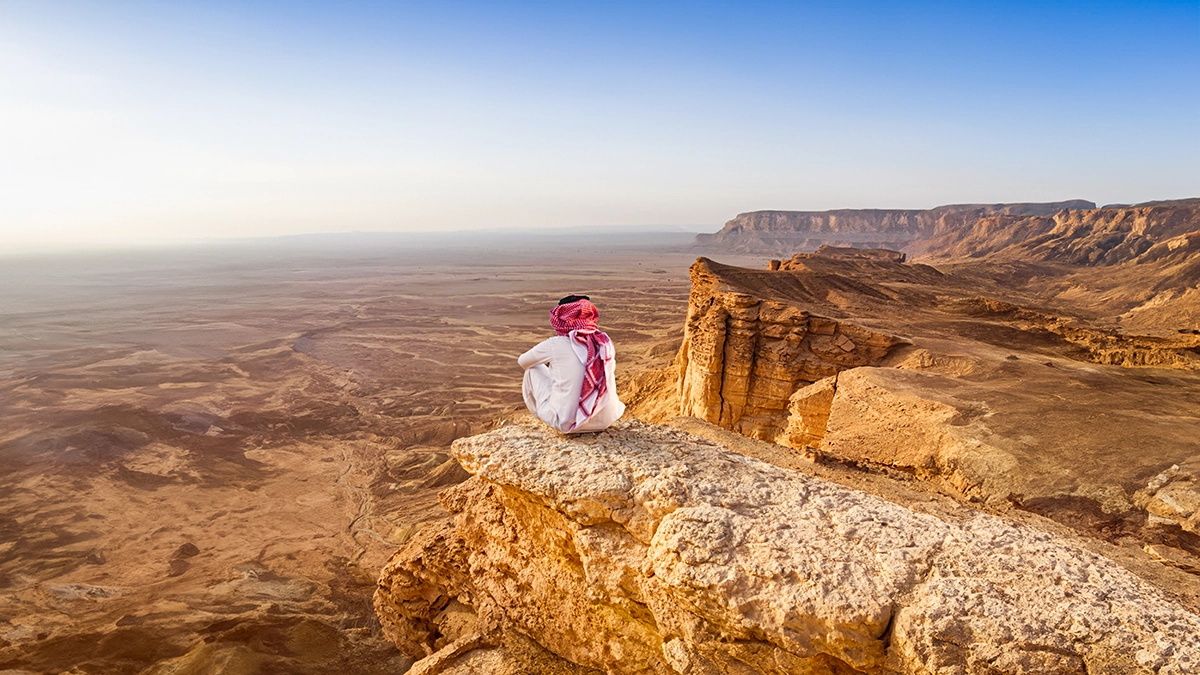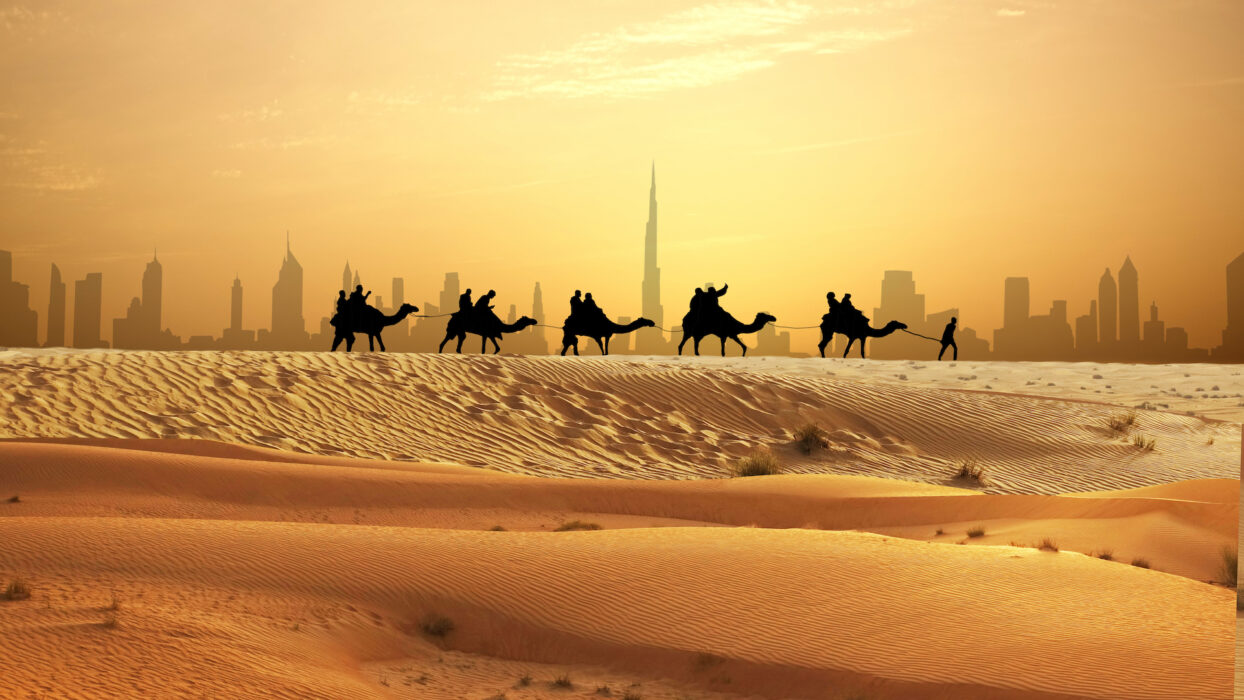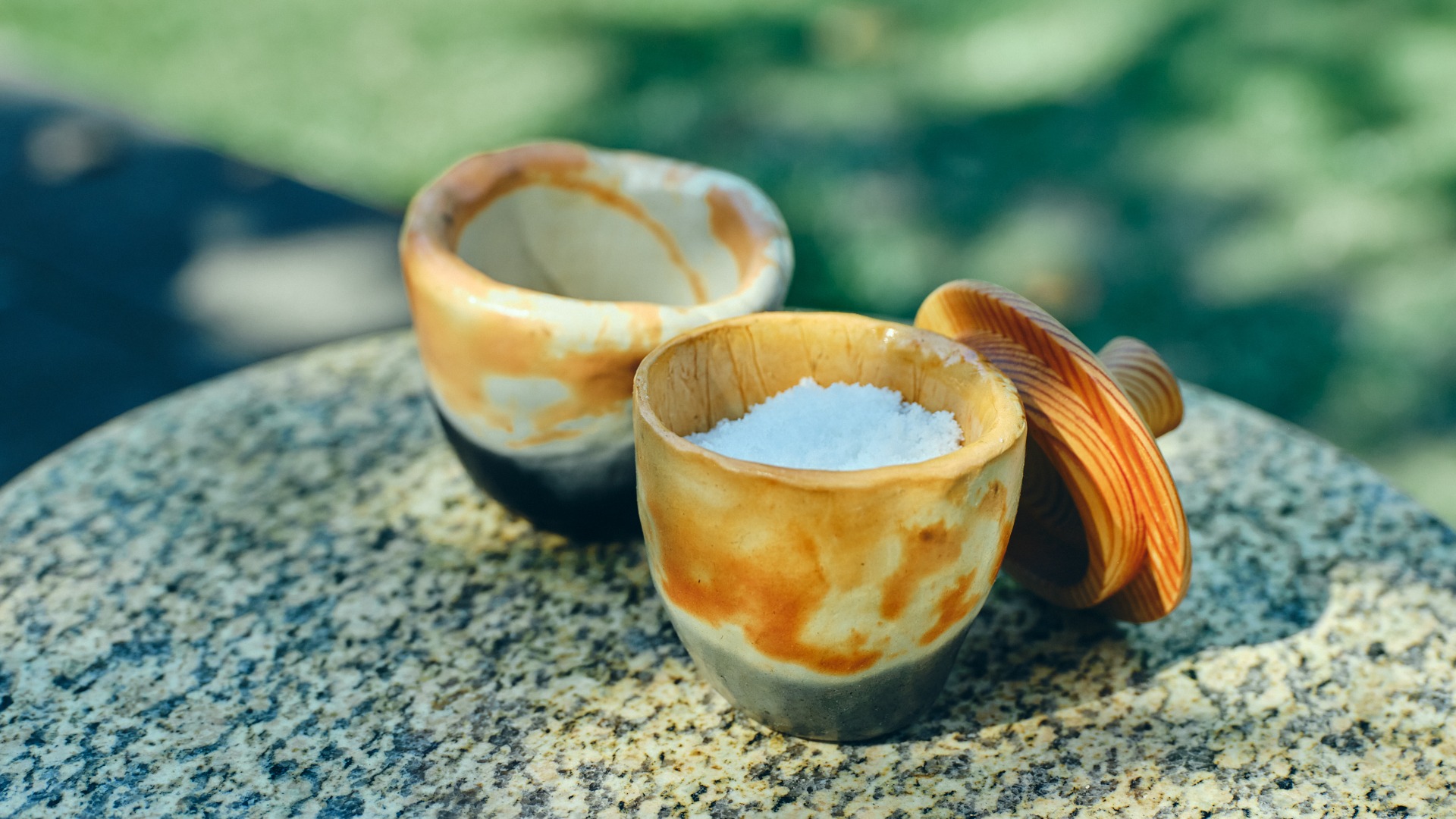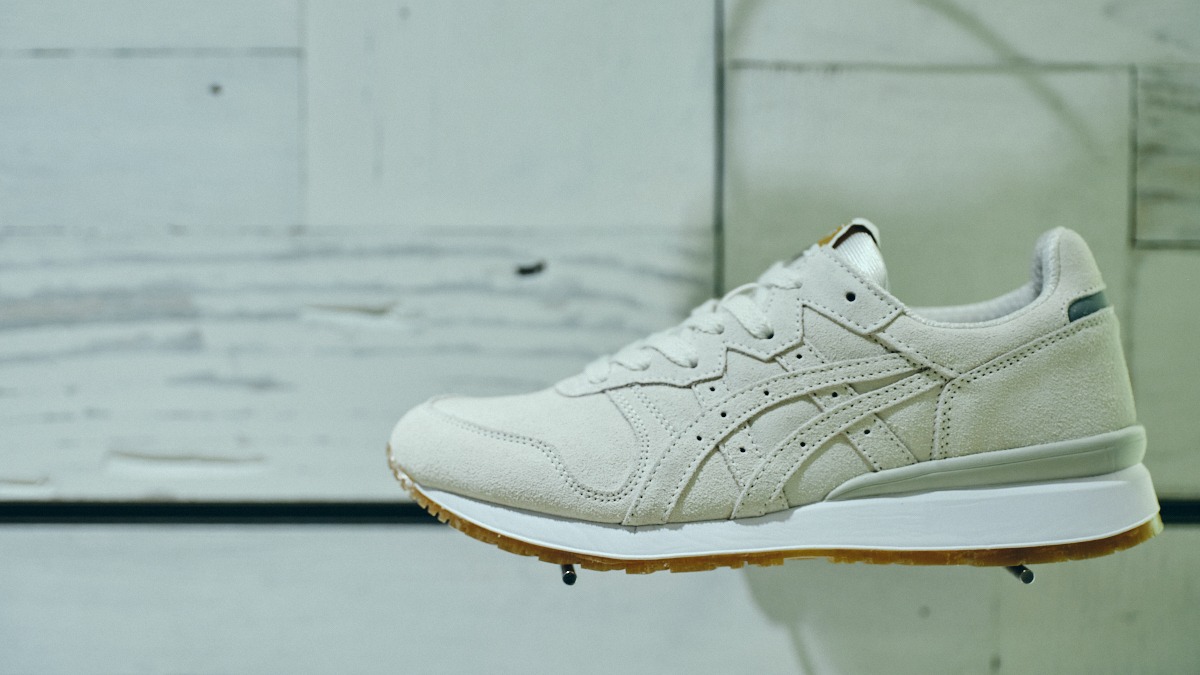Welcome to Dubai: A City of Transformation
Once a modest fishing village, Dubai has undergone an incredible transformation into a dazzling global city. This rapid evolution is a captivating tale of ambition, culture, and modern development. From its humble beginnings rooted in the fishing industry and pearl diving to becoming a hub of innovation and luxury, Dubai’s history is as rich as it is diverse. Let’s take a stroll through time and explore the key themes that define this remarkable city, including its historical significance, cultural evolution, and the modern marvels that adorn its skyline today.
Tracing the Roots: Dubai’s Fishing Village Past
Before the glitz and glamour, Dubai was a quiet fishing village, where the sea was both a source of sustenance and a pathway to prosperity. The early settlers, primarily from the Bani Yas tribe, established themselves along the coastline, relying heavily on the fishing industry and pearl diving for their livelihood. This period was marked by a close-knit community that thrived on trade and the bounties of the Arabian Gulf.
Early Settlements and Fishing Industry
In the early 18th century, Dubai was just a small settlement, where fishing boats lined the shores and the aroma of grilled fish wafted through the air. The fishing industry was not only vital for food but also served as a cornerstone of trade. Fishermen would venture into the waters, casting their nets and bringing back a variety of seafood that fed the local population. The waters were also rich in pearls, which became a significant source of income for the community. Pearl diving was a perilous yet essential endeavor, and many local families depended on it for their livelihoods.
The Role of Trade Routes in Dubai’s Development
Dubai’s strategic location along the trade routes connecting the East and West played a pivotal role in its development. Merchants from Persia, India, and beyond would stop in Dubai to trade goods, spices, and textiles. This bustling trade brought diverse cultures and ideas to the area, laying the groundwork for a melting pot of traditions that still exists today. The local economy began to flourish, and Dubai started to gain recognition as a trading post in the region.
As the fishing village evolved, so did its cultural landscape. The early settlers fostered a sense of community that revolved around shared resources and mutual support. Traditional practices, such as falconry and camel racing, became integral to local culture, reflecting the deep connection between the people and their environment.
For a deeper dive into Dubai’s fascinating history, check out A Brief History of Dubai: From Fishing Village to Global Hub.
Key Milestones in Dubai’s Transformation Timeline
The transformation of Dubai is marked by several key milestones that have shaped its identity as a modern metropolis. The discovery of oil in the 1960s was a turning point that propelled the city into a new era of economic prosperity. This newfound wealth enabled significant infrastructure projects that would redefine the city’s landscape.
Discovery of Oil and Economic Boom
The discovery of oil in 1966 was a game changer for Dubai. The once quiet fishing village was suddenly thrust into the spotlight, attracting investment and labor from all over the world. Oil revenues fueled a rapid economic boom, leading to the development of essential infrastructure such as roads, schools, and hospitals. The Al Maktoum family, who have ruled Dubai since the 19th century, played a crucial role in steering the city towards modernization while maintaining its cultural heritage.
Establishment of the UAE and Its Impact
In 1971, Dubai became one of the founding members of the United Arab Emirates (UAE). This union brought stability and a collaborative approach to development, allowing Dubai to flourish even further. The leadership of the Al Maktoum family and the vision of Sheikh Mohammed bin Rashid Al Maktoum have been instrumental in transforming Dubai into a global business hub, attracting tourists and expatriates alike.
Major Landmarks and Infrastructure Developments
As the economy boomed, Dubai began to construct iconic landmarks that would become symbols of its transformation. The Burj Al Arab, often dubbed the world’s only seven-star hotel, opened its doors in 1999, setting the stage for Dubai’s reputation as a luxury destination. The Palm Jumeirah, an engineering marvel, emerged from the sea, showcasing Dubai’s ambition to push the boundaries of architectural design. These landmarks not only attracted tourists but also positioned Dubai as a leader in tourism and hospitality.
For more insights into Dubai’s modern development, explore our Travel Guide to Dubai.
Architectural Marvels: The Evolution of Dubai’s Skyline
As you gaze upon the skyline of Dubai, it’s hard to fathom that this stunning silhouette was once just a modest fishing village. The city’s architecture tells a fascinating story of ambition, creativity, and innovation. From the towering Burj Khalifa to the whimsical designs of the Palm Jumeirah, Dubai’s architectural evolution is a testament to its transformation into a global icon.
The Skyscraper Boom: Burj Khalifa and Beyond
The Burj Khalifa, standing at a staggering 828 meters, is not just the tallest building in the world; it’s a symbol of Dubai’s aspiration and vision. Completed in 2010, this architectural wonder boasts 163 floors and offers breathtaking views of the city from its observation decks. Visitors can experience the thrill of standing on the 148th floor, where panoramic views stretch as far as the eye can see.
But the Burj Khalifa is just the beginning! The city is home to a plethora of skyscrapers, each with its own unique design. The twisting structure of the Burj Al Arab resembles a billowing sail, while the Dubai Marina showcases a series of sleek, modern towers that reflect the shimmering waters of the Arabian Gulf. As you explore the city, take note of how each building contributes to the overall aesthetic, blending traditional elements with contemporary design.
Architectural Styles: Blending Tradition with Modernity
Dubai’s architecture is a fascinating blend of the old and the new. While the skyline is dominated by modern skyscrapers, traditional elements remain integral to the city’s charm. The Al Fahidi Historic District, with its narrow lanes and wind-tower architecture, offers a glimpse into Dubai’s past. Here, you can wander through art galleries and museums housed in beautifully restored buildings, immersing yourself in the cultural heritage of the region.
As you stroll through the city, you’ll notice how modern designs often pay homage to traditional Islamic architecture. The intricate patterns and geometric shapes found in mosques and public buildings reflect the rich cultural tapestry of Dubai. This harmonious blend of styles not only enhances the visual appeal but also tells a story of a city that honors its roots while embracing the future.
Cultural Heritage: The Heart of Dubai’s Transformation
As Dubai transformed into a modern metropolis, it faced the challenge of preserving its rich cultural heritage. The city’s rapid development could easily overshadow its historical roots, but efforts to maintain and celebrate its traditions have been paramount. From heritage sites to cultural festivals, Dubai’s heart beats with the rhythm of its past.
Preservation of Heritage Sites
One of the most significant efforts in preserving Dubai’s heritage is the restoration of historical sites. Dubai Creek, the lifeblood of the city’s early economy, remains a focal point for cultural activities. You can take an abra (traditional wooden boat) ride across the creek and visit the Dubai Museum housed in the Al Fahidi Fort, where interactive exhibits bring the history of Dubai to life.
Another must-visit is the Sheikh Saeed Al Maktoum House, which offers insights into the life of the ruling family before the oil boom. These sites serve as reminders of Dubai’s journey and allow visitors to appreciate the city’s rich history amidst the modern developments.
The Impact of Globalization on Local Culture
With globalization comes a melting pot of cultures, and Dubai is no exception. The influx of expatriates from all over the world has enriched the local culture, creating a unique blend of traditions. Festivals such as Diwali, Chinese New Year, and Ramadan are celebrated with great enthusiasm, showcasing the city’s diversity.
This cultural exchange is evident in the culinary scene as well, where you can savor dishes from every corner of the globe. From traditional Emirati cuisine to international fine dining, Dubai offers a gastronomic journey that reflects its multicultural identity. Don’t miss out on trying local favorites like shawarma and machboos while you’re exploring!
The Economic Evolution: From Oil Dependency to Diversification
Dubai’s economic landscape has undergone a remarkable transformation, shifting from oil dependency to a diversified economy that thrives on tourism, trade, and innovation. This evolution not only changed the city’s financial dynamics but also reshaped its identity on the global stage.
The Shift from Oil to Tourism and Real Estate
While oil was once the backbone of Dubai’s economy, the leadership recognized early on the need for diversification. Today, tourism stands as a cornerstone of the economy, attracting millions of visitors each year. Iconic attractions, luxury shopping, and world-class events have positioned Dubai as a premier travel destination.
Real estate has also played a significant role in this economic shift. The construction of extravagant hotels, resorts, and residential complexes has transformed the city into a playground for the wealthy. The Dubai Mall, one of the largest shopping centers in the world, offers an unparalleled shopping experience alongside attractions like the Dubai Aquarium and an indoor ice rink!
Dubai’s Position as a Global Business Hub
Dubai’s strategic location between Europe, Asia, and Africa has solidified its status as a global business hub. The establishment of free zones and business-friendly policies has attracted multinational corporations and entrepreneurs alike. The Dubai International Financial Centre (DIFC) serves as a financial hub, while the Dubai World Trade Centre hosts numerous international exhibitions and conferences.
This vibrant business environment fosters innovation and entrepreneurship, making Dubai a magnet for talent and investment. The city’s commitment to sustainability and technology further enhances its appeal, as seen in initiatives like the Dubai Smart City project, which aims to integrate technology into urban living.
Fun Facts and Trivia About Dubai’s Transformation
Dubai’s journey from a fishing village to a global powerhouse is filled with fascinating stories and fun facts that showcase its unique character. Here are some quirky tidbits that might surprise you:
- Did you know that Dubai is home to the world’s largest shopping mall, the Dubai Mall? It features over 1,200 shops and even has an indoor waterfall!
- The Burj Khalifa was designed to resemble a desert flower, symbolizing growth and resilience.
- Dubai hosts the World Expo every five years, showcasing innovations and cultures from around the globe. The 2020 edition was postponed to 2021 but was a spectacular event!
- Dubai’s Palm Jumeirah is so massive that it can be seen from space!
These fun facts highlight the city’s remarkable transformation and its status as a cultural and economic beacon in the region. Whether you’re exploring its historical sites or indulging in luxury shopping, Dubai offers a treasure trove of experiences waiting to be uncovered.
Festivals and Events: Celebrating Dubai’s Cultural Diversity
Dubai’s calendar is packed with vibrant festivals and events that reflect its rich cultural tapestry. From traditional celebrations to international exhibitions, there’s always something happening in this dynamic city!
Traditional Festivals: Ramadan, Eid, and More
One of the most significant times in Dubai is during Ramadan, the holy month of fasting. The city comes alive with special events, iftar gatherings, and cultural activities. As the sun sets, the atmosphere is filled with excitement as families and friends gather to break their fast together.
Following Ramadan, the Eid al-Fitr celebrations are a sight to behold. The city sparkles with lights, and various events, including fireworks and concerts, take place across Dubai. It’s a time of joy, reflection, and community spirit.
International Events: Expo 2020 and Beyond
Dubai is no stranger to hosting grand international events. The Expo 2020, held in 2021, showcased innovations from around the world, drawing millions of visitors. This event highlighted Dubai’s role as a global hub for creativity and collaboration.
Beyond Expo, the Dubai Shopping Festival attracts bargain hunters and fashion enthusiasts alike, offering incredible deals and entertainment. From concerts to fireworks displays, this festival is a shopper’s paradise!
Practical Travel Information: Tips for Visiting Dubai
Planning a trip to Dubai? Here are some essential tips to make your visit smooth and enjoyable!
Transportation Options and City Planning
Dubai boasts a modern and efficient transportation system. The Dubai Metro is a convenient way to navigate the city, connecting key attractions and neighborhoods. Taxis are readily available, and ride-hailing services like Uber and Careem operate throughout the city. If you’re feeling adventurous, consider renting a bike to explore areas like Dubai Marina and Jumeirah Beach.
Safety and Health Guidelines for Tourists
Dubai is known for its safety, making it a welcoming destination for travelers. However, it’s always wise to be aware of your surroundings and follow local customs. Dress modestly in public areas, especially when visiting religious sites. Additionally, stay hydrated and protect yourself from the sun, particularly during the hotter months.
Culinary Deep Dive: Savoring Dubai’s Diverse Flavors
Food lovers rejoice! Dubai’s culinary scene is a delightful fusion of flavors that reflects its multicultural heritage. From street food stalls to Michelin-starred restaurants, there’s something to tantalize every palate.
Traditional Emirati Cuisine
Don’t leave Dubai without trying traditional Emirati dishes! Al Harees, a wheat and meat dish, and Shawarma, marinated meat wrapped in pita, are must-tries. For a sweet treat, indulge in Baklava, a delicious pastry filled with nuts and honey. You can find these delights at local eateries and markets, where the aromas will surely entice you.
Global Influences and Fine Dining Experiences
Dubai’s diverse population means you can find cuisines from around the world. From Indian curries to Italian pastas, the city offers a gastronomic adventure. For a fine dining experience, consider visiting restaurants like At.mosphere in the Burj Khalifa or Al Mahara in the Burj Al Arab, where exquisite dishes are paired with stunning views.
Outdoor Adventures: Exploring Dubai’s Natural Wonders
While Dubai is known for its skyscrapers, it also offers a plethora of outdoor activities that allow you to connect with nature. Whether you’re seeking adventure or relaxation, the city has something for everyone!
Desert Adventures: Safaris and Camel Rides
A trip to Dubai wouldn’t be complete without experiencing the majestic desert. Embark on a thrilling desert safari, where you can ride over the dunes in a 4×4 or try your hand at sandboarding. For a more traditional experience, hop on a camel for a ride through the golden sands, and don’t forget to capture the stunning sunset!
Water Sports and Beach Activities
Dubai’s coastline is perfect for beach lovers and water sports enthusiasts. From jet skiing to paddleboarding, there are plenty of ways to enjoy the crystal-clear waters of the Arabian Gulf. Jumeirah Beach and Kite Beach are popular spots where you can soak up the sun, enjoy beach volleyball, or simply relax with a good book.
Seasonal Travel Insights: Best Times to Experience Dubai
Dubai’s climate can be quite warm, so timing your visit is key to enjoying all the city has to offer. The best time to visit is between November and March, when the weather is pleasantly mild. This is also when many festivals and events take place, making it an exciting time to explore the city.
Summer months can be extremely hot, but if you’re willing to brave the heat, you’ll find fewer crowds and great deals on accommodations. Just be sure to stay hydrated and plan indoor activities during the hottest parts of the day!
Commonly Asked Questions (FAQs) About Dubai’s Transformation
Curious about Dubai? Here are some frequently asked questions that can help enhance your travel experience:
- What is the history of Dubai? Dubai began as a fishing village and evolved into a global city, driven by oil discovery and strategic trade routes.
- What are some must-see attractions? Don’t miss the Burj Khalifa, Dubai Mall, and the historic Al Fahidi District.
- Is Dubai safe for tourists? Yes, Dubai is known for its safety and hospitality, making it a great destination for travelers.
- What is the best time to visit? The ideal time to visit is from November to March, when the weather is mild and pleasant.
Dubai’s transformation from a humble fishing village to a vibrant global city is a story of ambition, innovation, and cultural richness. Whether you’re exploring its architectural wonders, indulging in diverse cuisines, or experiencing its dynamic festivals, Dubai offers an unforgettable experience that beckons travelers from all corners of the globe. So pack your bags and get ready to explore the magic of this extraordinary city!





















